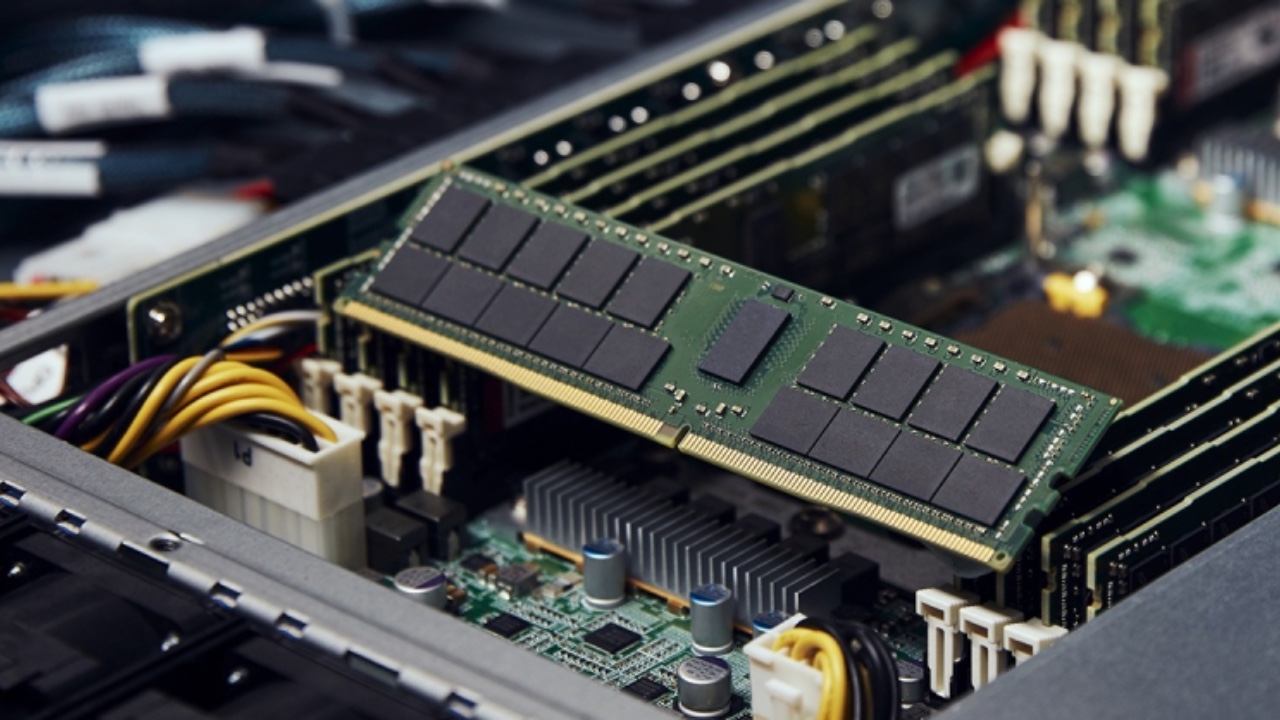For years, data intelligence remained an ambitious concept, hampered by data chaos and the difficulty of implementing analytics at production scale. Today, thanks to the synergy of three technological pillars, building truly intelligent systems is becoming an engineering reality. We analyse the architecture of this shift, which allows us to finally turn data into automated, valuable actions.
From concept to architecture
The evolution from Business Intelligence – the analysis of historical data to understand the past – to Data Intelligence, the use of data to automate decisions in real time, has long been a promise. However, its realisation was blocked by two fundamental barriers. The first was ubiquitous chaos: data trapped in silos, scattered across unintegrated systems, inconsistent and difficult to retrieve in a timely manner. The second, and equally important, was the production gap – the gap between an analytical model running in an isolated environment and a reliable, scalable system integrated with business processes.
Today, these barriers are beginning to crumble. The three contemporary technological approaches – Data Fabric, Hyperautomation and MLOps – are not separate trends, but complementary elements of a single, coherent architecture that systemically addresses the above problems.
Pillar I: Data Fabric – a nervous system for data
A fundamental challenge in any data-driven organisation is access to data. Traditional approaches based on building centralised warehouses and slow ETL processes are becoming inefficient in a world where data is generated in real time across dozens of different systems. Data Fabric offers a radically different solution.
Instead of physically moving and copying data, Data Fabric creates a logical layer of integration over it. It acts as a virtual grid or universal API for all data in a company, regardless of its physical location – whether in the cloud, on-premise servers or legacy legacy systems. By virtualising access, engineers can query and combine data from different sources as if it were in one place.
Modern Data Fabric platforms go one step further, using artificial intelligence to manage active metadata. The system automatically discovers new sources, catalogues them, profiles them and understands their semantics, creating a dynamic map of data assets. For the engineer, this means a revolution: no more manual search and data preparation. He gets access to clean, consistent and ready-to-use ‘fuel’ for his models, drastically reducing the time and effort required to deliver value.
Pillar II: Hyperautomation – the decision engine
Once Data Fabric has delivered a steady supply of high-quality data, the question becomes: what next? This is where Hyperautomation comes into play. This is not simply the automation of repetitive tasks known from RPA. Hyperautomation is the strategic combination of AI, machine learning and other technologies to automate entire, complex business processes that require decision-making.
In practice, Hyperautomation closes the loop between insight and action. Consider a dynamic pricing system in e-commerce. In a Data Intelligence-based architecture, the process is seamless and autonomous. First, the system pulls in a real-time stream of data from the Data Fabric about inventory, competitor prices or user behaviour. Then, fed by this information, the analytical core, or predictive model, evaluates the optimal price for a given product and context on the fly. Finally, without human intervention, the system performs the action, automatically updating the prices in the shop by calling the relevant API. For the systems architect, this means being able to design solutions that not only generate recommendations, but autonomously and immediately implement them.
Pillar III: MLOps – a guarantee of reliability and scalability
Implementing an automated AI model in production is not the end, but the beginning of the lifecycle. Models are not static – their performance degrades over time as the business environment changes. Inputs change, which is referred to as data drift, and the system itself must operate reliably 24/7. Managing this process ‘manually’ is impossible on a large scale.
MLOps (Machine Learning Operations) brings the discipline of engineering into the world of machine learning. It is what DevOps has become for software development: a set of practices and tools to ensure repeatability, reliability and scalability. Key MLOps practices include automated CI/CD pipelines for continuous training, testing and deployment of new versions of models, as well as advanced monitoring that tracks not only technical performance, but more importantly prediction quality and detects model drift. Equally important is the versioning of code, data and the models themselves to ensure full reproducibility and auditability. For the AI/ML specialist, MLOps transforms research projects from risky experiments into manageable, robust and scalable enterprise architecture components.
Synthesis: the complete intelligence architecture
These three pillars do not operate in isolation, but form a synergistic, complete technology stack. In this architecture, Data Fabric acts as a modern refinery and pipeline network that delivers high-octane fuel in the form of clean, integrated data. Hyper-automation is the high-performance engine that burns this fuel, generating power in the form of automated decisions and actions. MLOps, on the other hand, is the advanced workshop and on-board computer that ensures that the engine runs at maximum efficiency, is reliable and does not fail.












